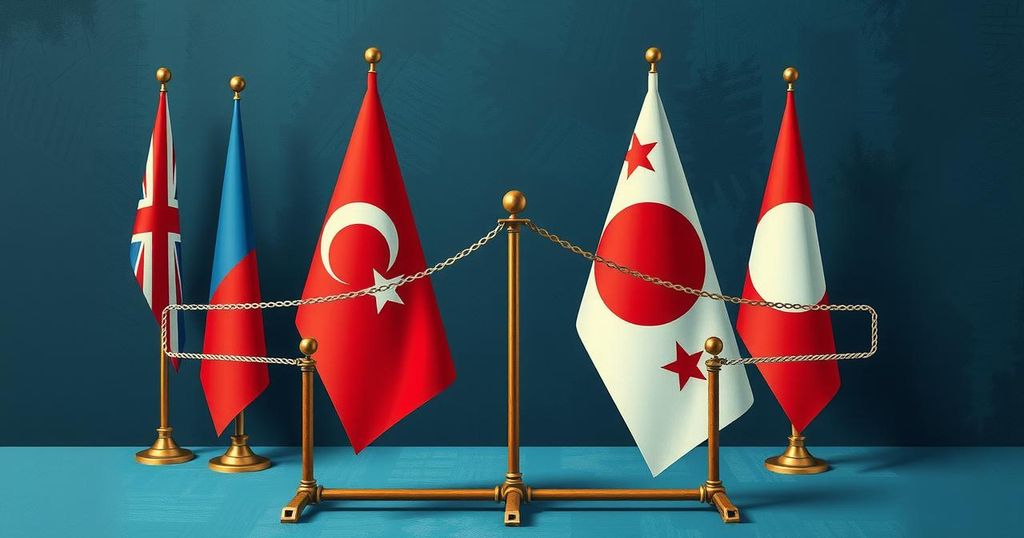Trump’s Diplomatic Stumble: Russia’s Maneuvers in Ukraine Conflict

The Trump administration’s attempt to negotiate a ceasefire in Ukraine resulted in minimal gains, mainly a prisoner swap and ambiguous terms regarding energy infrastructure. Confusion over the ceasefire’s scope has complicated the context, allowing Russia’s continued aggression. The negotiation highlights significant communication issues and Russia’s pattern of exploiting diplomatic weakness.
In recent diplomatic exchanges regarding Ukraine, the Trump administration’s request for a 30-day ceasefire has yielded minimal results. Instead of a meaningful halt to hostilities, they received a prisoner swap and a vague pause regarding attacks on energy infrastructure. The Kremlin’s interpretation of this agreement diverges notably from that of the U.S., creating potential for further conflict.
Russia has committed to not targeting Ukraine’s energy grids; however, the U.S. has confusingly extended this scope which complicates the situation. The extension could mean that any infrastructure, including bridges and ports, is protected. This ambiguity results in challenges for both sides, as Russia continues air assaults while reliant on undefined parameters of the ceasefire.
The Trump administration’s objective appears to have devolved into confusion, with minor prisoner exchanges overshadowing the lack of substantive progress. The Kremlin’s tactics suggest they anticipate negotiations will eventually include demands to cease all foreign intelligence aid to Ukraine, indicating a strategy focused on prolonging diplomatic discussions without real engagement.
The initial ceasefire proposal lacked specificity and failed to address practical monitoring methods for adherence. Suggestions about utilizing satellites to oversee compliance imply significant logistical hurdles, as Russia would likely reject any external scrutiny. The lack of technical detail makes the negotiations susceptible to manipulation, which Putin has already begun to exploit.
Essentially, the ceasefire has been disguised as a significant step; however, it aligns with Russia’s long-standing approach of deception within diplomacy. Trump’s first outreach might not only have missed its mark but also reinforced Moscow’s perception of American weaknesses, as Putin deftly navigates the conversation without yielding real concessions.
The recent events exemplify the stark imbalance in negotiation styles. Trump, aiming for rapid resolution, failed to recognize Russia’s historical patterns of seeking any opportunity to exploit perceived weaknesses. The outcome of these diplomatic exchanges emphasizes the necessity for more strategic and cautious approaches to foreign Relations, especially in such a volatile context as the Ukraine conflict.
The Trump administration’s initial handling of the Ukraine crisis illustrates significant pitfalls in wartime diplomacy. Instead of achieving a comprehensive ceasefire or strategic gains, they are confronted with Putin’s adept manipulation of negotiations. Misunderstandings and lack of clear terms have weakened the U.S. position and opened potential avenues for continued Russian aggression. This situation highlights the complexities of international diplomacy, particularly in high-stakes conflicts.
Original Source: www.cnn.com







